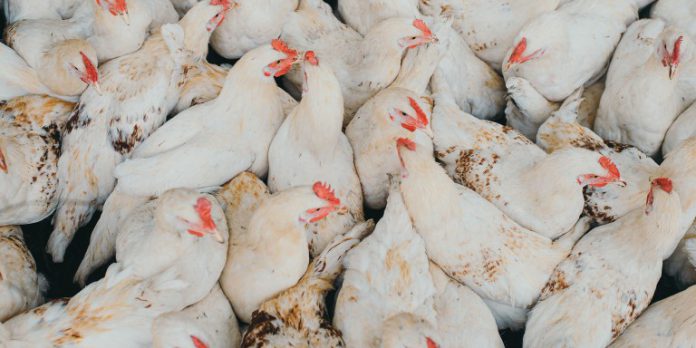The South African Poultry Association revealed that producers are under pressure and cannot foot the bill for consumers any longer, stating that poultry producers need to look beyond South Africa’s borders to offset economic pressures at home, where domestic consumers are under increasing strain.
It was gathered that power outages have increased the cost of producing birds, and the industry has done all it can to mitigate against the consequences. So, consumers must expect to pay more for poultry products.
Central to food security in SA, poultry producers have been forced to absorb the cost of doing business in SA, where rolling blackouts have had a material impact on their bottom line. The association has now called for the scrapping of VAT on chicken as well as chicken feed, to provide relief for farmers and SA’s most vulnerable consumers.
Sapa’s Poultry Sector Master Plan called for an investment of R1.5-billion to be concluded by 2022, but the sector has already surpassed that call, with an investment of R1.8-billion last year and an extra R600-million earmarked for investment by the end of 2024.
The first focuses on expanding and improving production (from 19.7 million birds per week to 22.5 million birds per week); job creation; training farmers in biosecurity risks; supporting emerging farmers; and increasing the level of black ownership.
The second pillar is aimed at driving domestic demand and improving affordability. From Q3 2021 to Q2 2022, chicken giblets, whole fresh chickens and non-IQF (individual quick freezing) frozen chicken portions went up in price by 9%, 6% and 2%, respectively, while the cost of IQF chicken portions went down by 1%.
The third pillar of the master plan, which is fundamental to the sector’s survival, is to drive exports. SA is yet to be certified to export to the EU; the process, which is under way, can take up to 24 months.
Izaak Breitenbach, general manager of Sapa, said that before 2019, the local industry was stagnant, hampered by imports dumped into South Africa. “What we are now seeing is an industry that has increased its gross value from R47-billion to R59-billion in a matter of three years. That’s a 25% increase in gross value. This is a growing industry.”
For years, local producers have had little choice but to absorb escalating costs to remain competitive and mitigate the impact on the consumer but say they cannot continue to do so. Global feed product prices have risen sharply in recent years, intensified by the Covid pandemic and the war in Ukraine, which has caused a sharp rise in energy, fertiliser and agricultural commodity prices.











